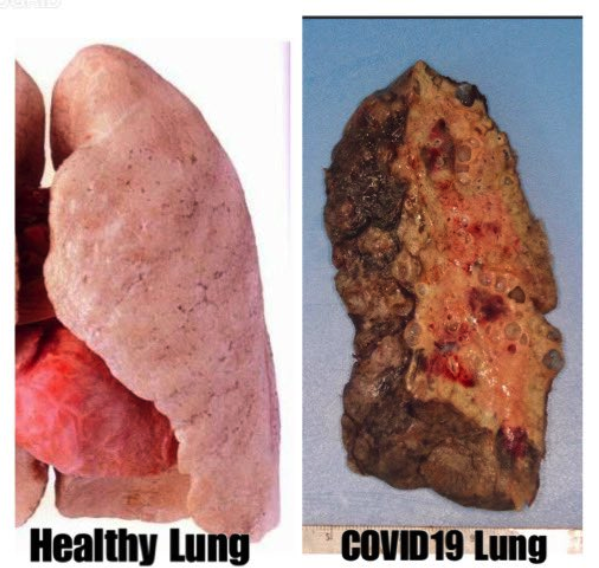A new study has found that more more than 65 percent of the coronavirus particles a person inhales reaches the deepest parts of their lungs. The study also says more coronavirus particles get deposited in the right lung.
When we inhale isolated coronavirus particles, more than 65 per cent reach the deepest region of our lungs where damage to cells can lead to low blood oxygen levels, according to the new research.
The study was led by the University of Technology Sydney researchers. It found that more of these aerosols reach the right lung than the left.
More From IANS
While previous research has revealed how virus aerosols travel through the upper airways including the nose, mouth and throat, the study published in the journal Physics of Fluids was the first to examine how they flow through the lower lungs.
"Our lungs resemble tree branches that divide up to 23 times into smaller and smaller branches. Due to the complexity of this geometry it is difficult to develop a computer simulation, however we were able to model what happens in the first 17 generations, or branches, of the airways," said lead author Saidul Islam, from the varsity.

"Depending on our breathing rate, between 32 per cent and 35 per cent of viral particles are deposited in these first 17 branches. This means around 65 per cent of virus particles escape to the deepest regions of our lungs, which includes the alveoli or air sacs," he added.
More Virus Particles Deposited in the Right Lung
The study also revealed that more virus particles are deposited in the right lung, especially the right upper lobe and the right lower lobe, than in the left lung. This is due to the highly asymmetrical anatomical structure of the lungs and the way air flows through the different lobes.
The research is backed up by a recent study of chest CT scans of Covid-19 patients showing greater infection and disease in the regions predicted by the model.
The team modelled three different flow rates -- 7.5, 15 and 30 litres per minute. The model showed greater virus deposition at lower flow rates.
Targeted Drug Delivery
The findings also have implications for the development of targeted drug delivery devices that can deliver medicine to the areas of the respiratory system most affected by the virus.
The World Health Organisation recently updated its advice about the importance of aerosol transmission, warning that because aerosols can remain suspended in the air, crowded indoor settings and areas with poor ventilation pose a significant risk for transmission of Covid-19.









